Broomfield Park’s resident gardener, Vic Black, shares her tips on how to plan ahead this autumn to ensure your garden will be thriving, not surviving, next spring and all through the summer.
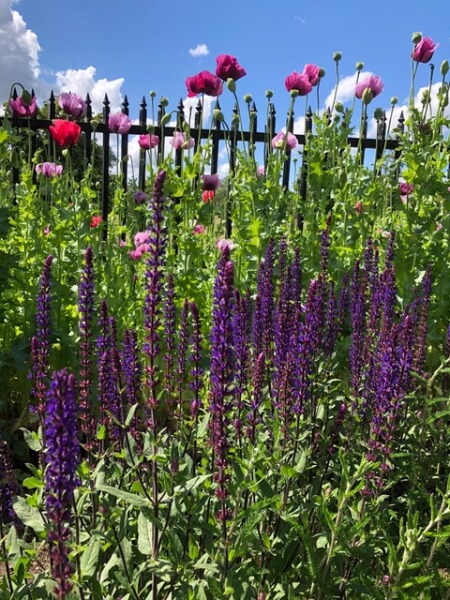
Poppies did really well in Broomfield Park this summer, so we’ll be planting more for next year
After the sizzling summer some of us have enjoyed (rather guiltily it must be said, since we all know those soaring temperatures were disastrous for our planet) and others just about tolerated, it goes without saying that when it comes to putting new plants in the ground, our increasingly dry springs and summers should be given a wide berth. In fact, the best time for planting is right now – autumn.
Getting plants into the sun-soaked soil while it’s still warm and there is the prospect of rain any day soon, gives our leafy friends plenty of time to get comfortable in readiness to spring back into life after resting through the long winter. But what should you be looking for, taking note of and seeking to improve when casting your eye over what may be either an expertly maintained collection of plants, or perhaps a neglected patch where the intention was to create a wonderful garden full of colour, texture and architectural form, but life got in the way… doesn’t it always? Sorting out your garden and knocking it into shape can be daunting, right?
Fret not, because by taking a few simple steps, you can put a planting plan in place that will ensure there is lots to look forward to in your garden next year. And here’s how…
Take a turn around your garden
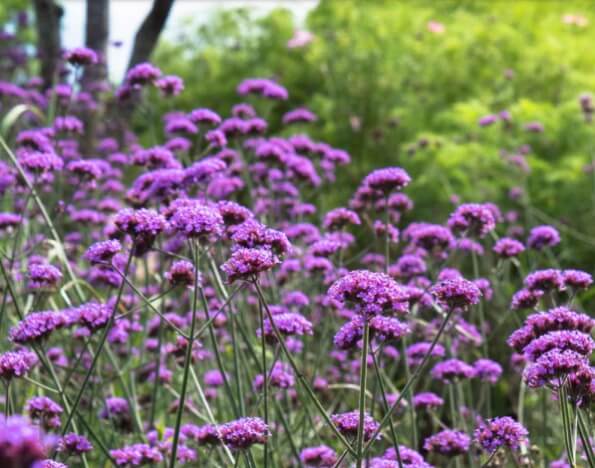 Verbena bonariensis: Lots of purple pom-pom flowers
Verbena bonariensis: Lots of purple pom-pom flowers
How often have you stood gazing out of he window at your garden thinking I must get out there and see how everything is doing, before turning on your heel to empty the dishwasher or check your emails (for the tenth time in the past half hour)? So step one is to simply make it out the door and take a turn around your garden. Look at your plants and note what is thriving, surviving and sadly, what is giving up the ghost. If something is doing well, buy some more of it. You can change things up a bit by going for a different variety with an alternative flower colour, growth habit or foliage. Verbena bonariensis, for example, is a tall airy plant with lots of purple pom-pom flowers, while Verbena bonariensis ‘Lollipop’, is a similar plant with a much shorter habit that could be added front or border.
Are your plants in the right places?
What plants are struggling and why? Is your sun-loving Perovskia (Russian Sage) protesting because it is in the shade? Or your Crocosmia frazzled to a crisp because of its exposure to the unrelenting sun? Make a note to move these plants to a better position. And when you do, make sure rain is due or water them in well afterwards so they can cope with the shock of finding themselves in a new spot.
Have you noticed that some of your plants have a shorter growth habit but are hidden back of border? While a couple of giants are monopolising the front? Think about the height of the plants you are growing so you make the most of what’s on show.
Extend the season
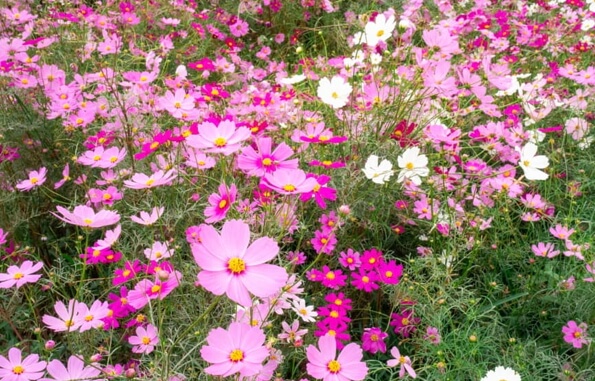 Plant Cosmos as a colourful annual
Plant Cosmos as a colourful annual
In the UK, June is often the month where our gardens are all singing and dancing. But if we have summers like 2022 into the future, we’re going to be spending lots of time in our green spaces during July and August too. Think about extending the season with later-flowering plants that are drought tolerant or look at introducing some annuals such as Cosmos and Pelargoniums that are good ‘doers’ and will repeat flower into September.
Don't forget your shrubs!
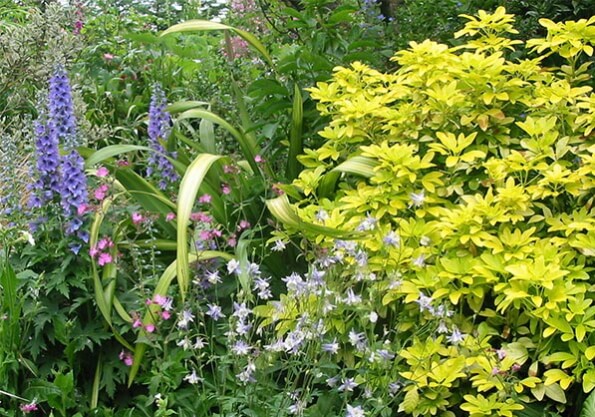 Choisya provides structure among other flowers
Choisya provides structure among other flowers
And remember, it’s not all about showy flowers. How are your shrubs doing? These are woody, structural, leafy plants that stay above ground all year round and act as a foil to the herbaceous perennials (plants that disappear into the ground during the winter and then magically reappear in the spring). If they are evergreen, they provide year-round foliage, if deciduous, they will drop their leaves in autumn leaving a woody frame through winter. I love Choisya ternata ‘Sundance’, as it is virtually indestructible, evergreen, plus its flowers and foliage have the most delicious fragrance.
Less grass, more hardy pollen producers?
Often the biggest plant we have in our gardens is – grass. But with lack of rainfall this summer our green lawns were turned to straw. What’s the plan for next year? Could you extend your borders and stock with hardy plants that provide pollen for insects to forage upon? How about covering with shingle which can be planted into to create a gravel garden? And since grass is a veritable desert for wildlife, these decisions both work towards providing a better habitat for all the creatures that live alongside us. Sounds like a win-win to me.



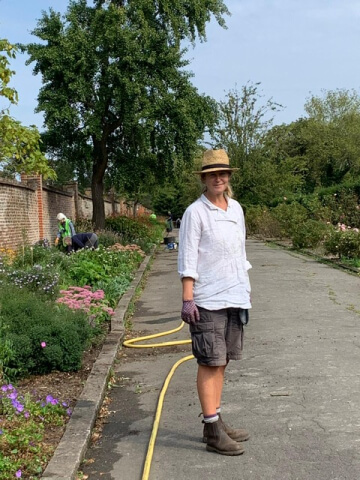 Vic Black is available this autumn and winter to design a planting plan for your green space. She is a professional gardener and can also care for your existing plants. Email her at
Vic Black is available this autumn and winter to design a planting plan for your green space. She is a professional gardener and can also care for your existing plants. Email her at 